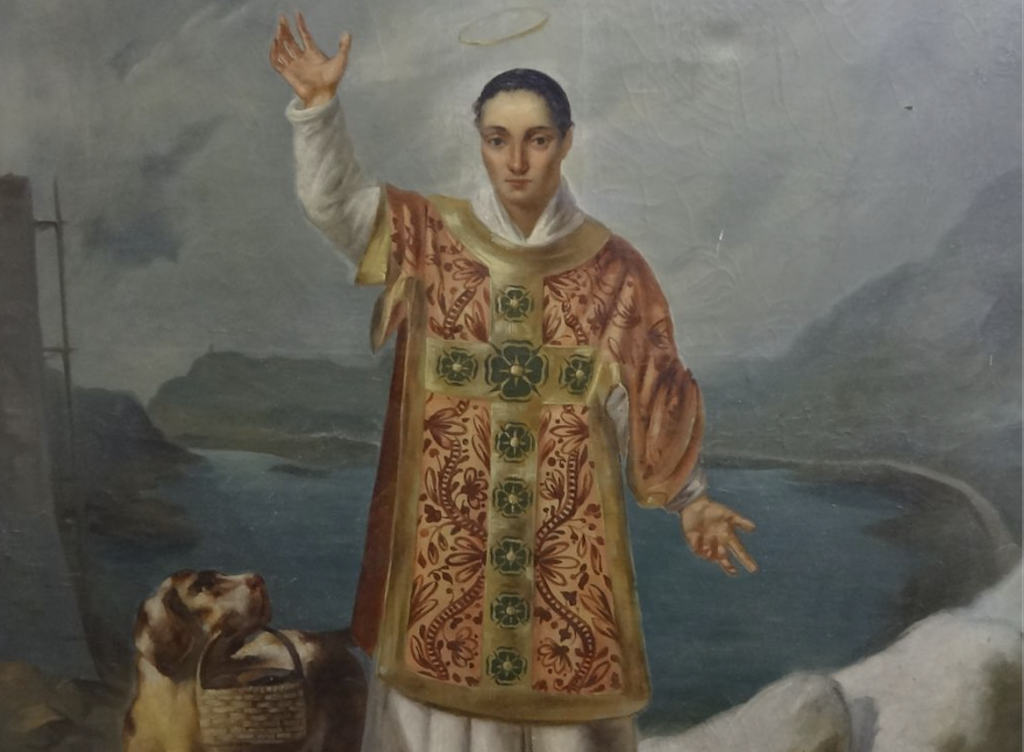St. Bernard of Menthon was born in 923 in Savoy. He was a member of a rich, noble family, and received the best in education. Although his father arranged an honorable marriage for him, Bernard refused, devoting himself instead to serving the Church.
Under the guidance of Peter, Archdeacon of Aosta, Bernard was ordained a priest and was made archdeacon of Aosta in 966. He devoted himself to the conversion of his people, and for 42 years, he preached the Gospel in the area. He converted many, and performed many miracles.
Since ancient times, there was a path across the Pennine Alps that led from Aosta to the Swiss canton of Valais. The pass is covered in perpetual snow, usually 7-8 feet deep, and drifts sometimes accumulate up to 40 feet. The pass was extremely dangerous, but often used by pilgrims traveling to Rome.
In 962, Bernard founded a monastery and hospice at the highest point of the pass, 8,000 feet above sea-level. A few years later, he established another hospice on a mountain of the Graian Alps, 7,076 feet above sea-level. He placed both in the care of Augustinian monks.
These hospices are known for their generosity and hospitality for all travelers who use what are now called the Great and Little St. Bernard passes over the mountain, in honor of their founder. Throughout the year, the heroic monks, and their well-trained dogs, go out in search of travelers who may have been victims of bad weather, offering them food, clothing, and shelter when needed.
St. Bernard was interred in the cloister of St. Lawrence after his death. He was venerated as a saint from the 12th century on in many places, and was canonized by Innocent XI in 1681.

